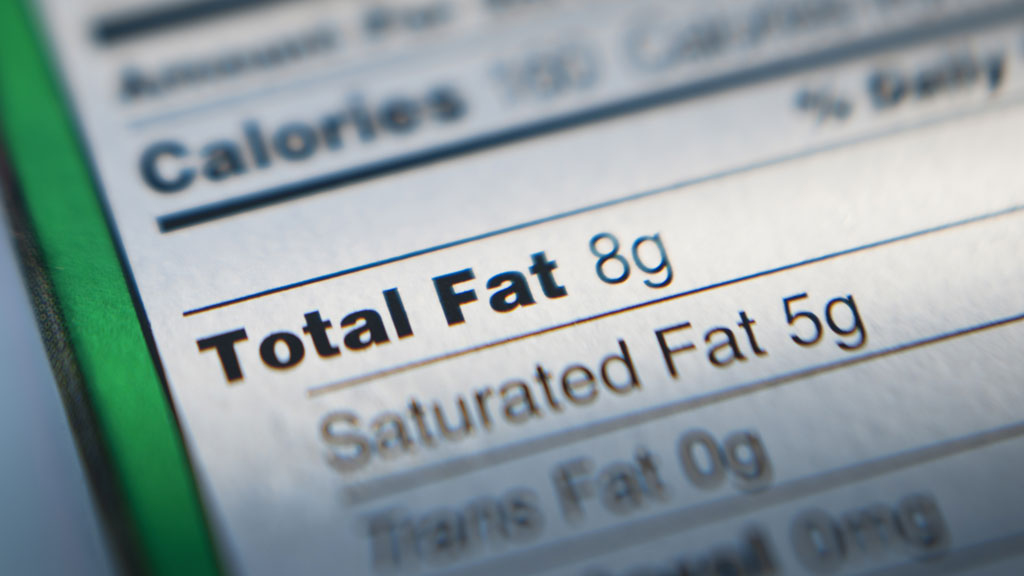Will new food labels help consumers make a healthy choice?
Britan’s major supermarkets finally agree to adopt a standard way of labeling food, including the amount of fat, salt, sugar and calories. But will it help customers decide what to buy?
After years of campaigning by health organisations, supermarkets have dropped their opposition to a standard labelling system, aimed at informing customers about the nurtitional content of the food they buy.
The new labels, which have yet to be designed, will include a traffic light system, which uses red to depict foods regarded as the unhealthiest option, and green for the healthiest. The guideline daily amounts of fat, salt, sugar and calories will also feature.
Until now, some supermarkets had resisted the idea, arguing that the labels were too simplistic and unfairly demonised some foods. Marks and Spencer, Asda, Sainsbury’s and Waitrose had their own versions, which campaigners said left some people confused.
Now, though, they have agreed to sign up to the voluntary scheme, which could come into use as early as next year. There will be a meeting this Thursday to decide on the design, and the threshold between various categories.

Healthy choices
Health Minister Anna Soubry said the new labels would help people choose healthier options and make sensible decisions about what to buy. “Making small changes to our diet can have a big impact on our health, and could stop us getting serious illnesses, such as heart disease, later in life,” she said.
The Food and Drink Federation, which represents major retailers, insisted they were fully on board. Their spokeswoman Barbara Gallani said: “Our members are committed to continuing to provide clear nutrition information to consumers.”
But will the new labels really tell the whole story? Many farmers and dairy firms have complained that their products are unfairly treated in the same category as junk food, without taking account of essential nutrients, like calcium, contained in full milk and cheese.
Bob Farrand, who runs the World Cheese Awards, said the biggest problem with the labels was the arbitrary decision about the colours. “To put a blanket red light on cheese means a lot of people will interpret it as a danger sign, and say ‘I’m not going to buy that’, whereas in fact it can be very good for you, in terms of building bones and so-on.”
He called for better education in schools, which would teach young people the benefits of a balanced diet, rather than a knee-jerk reaction to something with a red light sticker. “Good food is here to be enjoyed”, he said. “But the supermarkets would do better to concentrate on a few high quality products, because you don’t need to eat as much of them to be satisfied.”
No small print
Kirsty Henshaw, whose range of ready meals is sold in branches of Sainsbury’s nationwide, said her gluten, wheat and dairy-free products are all under 400 calories and are designed to have a green label for low levels of saturated fat.
But she said she did not want to deprive customers of taste. “Labels can be a bit misleading because people see the word fat and get worried, but some good fat is essential, and we all need it in our diet”, she said.
“When we are creating our products, we want the fat label to be green, but we want it to come from a good source. There is sugar, but from natural sources like tomatoes. We explain what goes into our food, with clear ingredients, and we don’t hide it away in the small print.”
Health campaigners, like the British Heart Foundation, say the most important thing is to help consumers know exactly what they are buying, so they can decide whether to make a healthy choice.
They described the new food labels as a “quantum leap forward”, but more education is also essential to help the next generation understand that what goes into food is not quite as simple as red, yellow and green.
-
Latest news
-
Local Elections Debate: voters question five main parties41m

-
Local Elections: Conservatives face 400 seat loss exclusive analysis reveals4m

-
Post Office Inquiry: ‘no cover-up’ insists former executive2m

-
Scotland politics: SNP leader future in doubt after opposition move3m

-
Military horses rampage through streets of London2m

-




